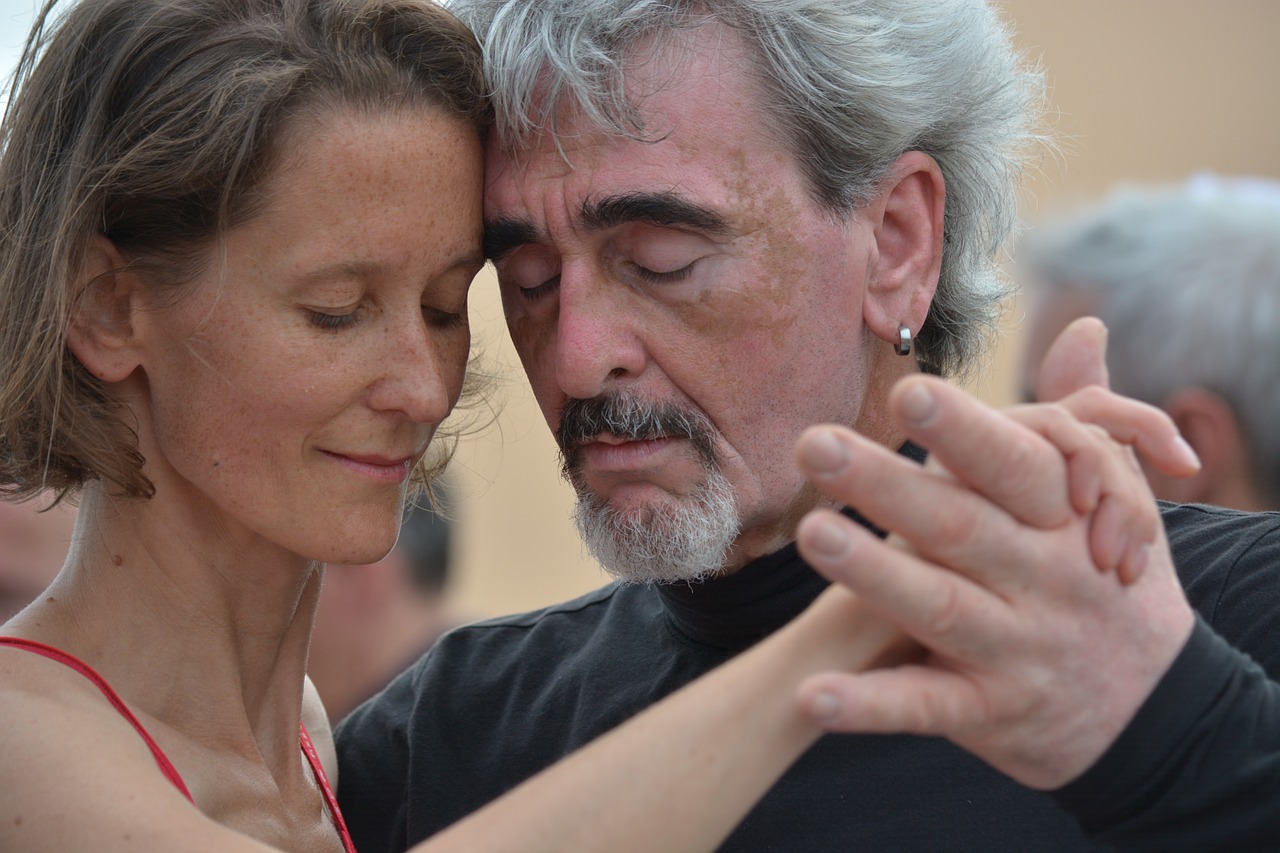Introduction
Of all the therapies and modalities we’ve discussed here, I believe the most beneficial overall for progressive symptom reduction and movement recovery are Dance based. Here we define Dance Therapy broadly and simply as “moving to music or a beat”. The importance of Dance for symptom reduction was confirmed to me by an article on the BBC show “How to Stay Young”. According to one of the presenters, Angela Rippon,
“All the experts we met confirmed that holding back neurodegeneration is possible as long as you keep making brain cells and enabling neural connections. So this means trying new things, and setting challenges“.
“When I visited a group in Germany to assess the relative merits of gym work versus dancing, I was delighted (and as a lifelong dancer, not at all surprised) to see that doing the twist was far more beneficial overall than merely lifting weights. Again, the real difference seemed to be the added value of the endorphin boost dancing invoked, plus the novelty of learning new routines, and what you could call the ‘sociability quotient’.”
Indeed, Dance Therapy incorporates a number of other beneficial therapies which we’ve previously explored, including:
MUSIC-AS-MEDICINE FOR PARKINSON'S DISEASE;
SOCIAL ENGAGEMENT AND PARKINSON'S DISEASE;
MIRRORING AND REHEARSAL THERAPIES FOR PARKINSON'S DISEASE;
BUILDING ALIVENESS WITH PARKINSON'S DISEASE.
Here, we’ll demonstrate the benefits of Dance Therapy for people with Parkinson’s Disease, mainly through video examples, starting with my own experience, and then considering other real world examples where Dance has clearly improved quality of life for people with Parkinson’s.
My Journey Through Dance
Here is a very early entry from my diary, back in Aprill 2016, when I first discovered Dance and its benefits. Interestingly, in this one I discuss and demonstrate how Dance Therapy is not just important for helping us to move physically again, but also to move our emotions through our system. This is critical too, as people with Parkinson’s Disease are just as emotionally frozen as they as physically, see:
MENTAL HEALTH AND PARKINSON'S DISEASE.
I soon discovered the importance of “Mirror Dancing”: passively watching a music video over and over, and then actively trying to copy the dance moves of people in them. This brings into play the firing of my Mirror Neurons to enhance access to and relearning movement (see the article on Mirroring and Rehearsal Therapies linked to in the Introduction for more about this). Here is a diary entry from July 2016, below which I have also included the music video that I am mirroring, so the reader can match up my moves to those seen in the original.
Another example of Mirror Dancing is below, again together with the video that I’m attempting to copy. It is important to note in all my diary entries that I am in a “off” state, which means the previous dose of my PD medication has worn off, and I have lost free access to movement. Thus, crucially, it is the sound and the visual cues provided by the music video which is allowing me to move as seen.
Indeed, after practicing Mirror Dancing daily for a while, I soon found that I could dance more freely by myself without the need for the visual cues. At times, the joy of being able to access free movement again could temporarily unlock me completely from the stiffness, rigidity, pain and freeze of my PD, via a positive feedback loop, as this entry from November 2016 demonstrates.
This second example, from January 2017, shows the results of an experiment where I was trialling combining wearable light therapy glasses with Dance.
Continuing practice daily, when my symptoms and energy would allow, by the time of this next diary entry, from October 2017, my balance, fluidity of movement, range of motion and confidence have clearly markedly improved. I also found that expressiveness of the hands was a vital ingredient to the success of Dance Therapy, and that tactile feedback could enhance this. Thus in this entry, you will see me wearing a pair of work gloves.
I have also found that dancing outside can boost the feel-good factor, as shown in this more recent update from July 2018.
More Examples of Dance Therapy for Parkinson’s Disease
First up is the TEDx talk by Federico Bitti, a fellow traveller who also kept a video diary of his journey through Dance. Here, Federico demonstrates how Dance Therapy allowed him to escape from severe Dystonia (abnormal muscle rigidity and pain) - Dystonias are strongly related to Parkinson’s Disease, and most people with PD will suffer from some form of this.
Next is another TEDx talk, by Rafi Eldor, who found that he could maintain his health and access to movement through ballroom dancing.
Indeed, Tango dancing is being found to be particularly beneficial for people with PD as a therapy.
Here is another form of Dance which is showing significant benefit to the real lives of people with PD, namely “Body Popping”.
Summary
Dance Therapies of many forms have been shown to have potentially massive benefits for people with PD. I hope the examples demonstrated herein will encourage, inspire and motivate people with Parkinson’s, and their partners or caregivers, to start dancing daily.
